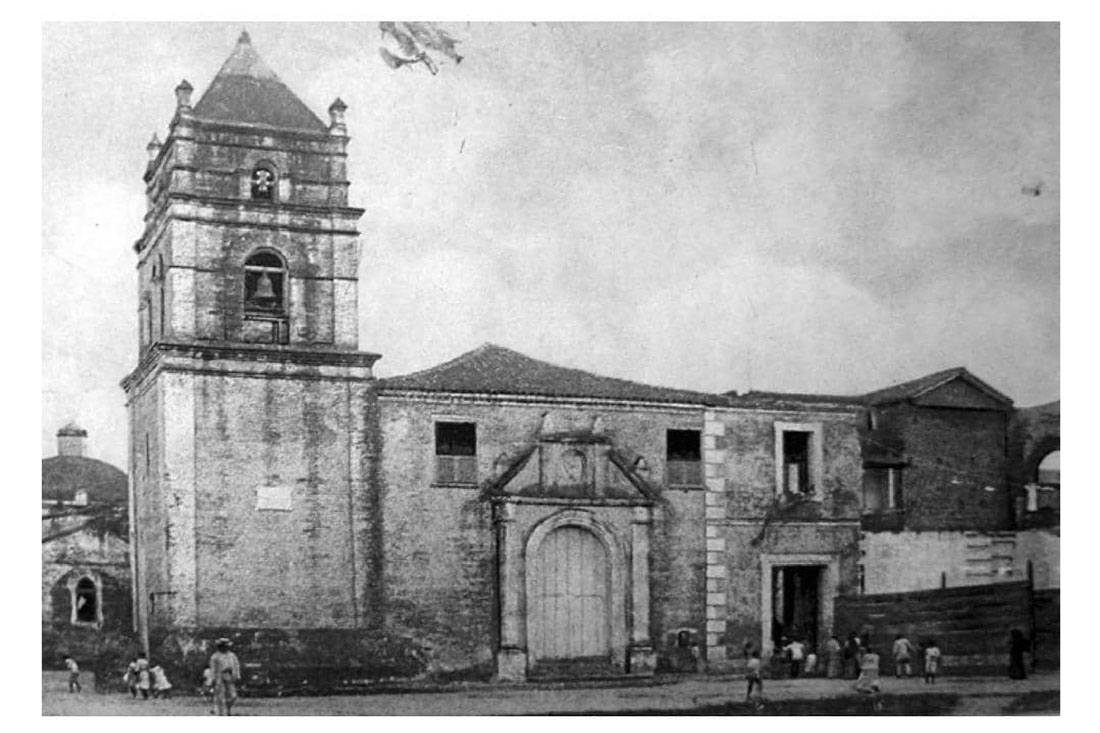If you visit Camagüey for the first time, I recommend that you do not miss the José Martí Park, its surroundings, recognized as one of the founding spaces of the city, have beautiful buildings where the headquarters of the old Pious Schools stands out.
Since when did the school operate? It would perhaps be the initial question, which would distance us from the architectural merits of the site, one of the most important within the repertoire of the historic center because the building brings together neoclassical, eclectic and modern aesthetic elements in its façade and interior.
The educational stage
Education in colonial Cuba was one of the great problems of the island, the programs lacking subjects that would complement the basic ones, insufficient funds allocated by the City Councils and the shortage of teachers affected a panorama far removed from the aspirations of the Creoles, for this reason, many send their children to study in Europe or the United States of America.
The panorama was not different in Puerto Príncipe, the claims of the local Patriotic Delegation and Gaspar Betancourt Cisneros in the press of the time reflect the pressing need to find solutions for education in the region.
In 1852, by Royal Order of Queen Elizabeth II, it was decided to create two schools run by the Piarist Fathers, one based in Havana and the other in Camagüey. Typical delays for the execution of the metropolitan orders lead to the opening of the Pious Schools in the princely city six years later.
Unquestionably, the personality of Father Agustin Botey, appointed as director of the new educational center, played a determining role, together with his educational work, he stimulated with the City Council the work of rehabilitation and adaptation of the old Convent of San Francisco – which was in a deplorable state – place selected as the headquarters for the Pious Schools.
Date for history
The inauguration of the school on May 3rd, 1858, was a transcendental event in the city, in its beginnings it began with 40 students, its teaching plan was very restricted with basic subjects such as Mathematics, English, Accounting and Latin. The presence of Father Trías stands out, a priest who spent a long time in the school, to whom homage was paid with the “Father Trías Square” plaque.
The consecutive extension of the work due to the increase in students, which came to add up to more than 300 students in 1866, establishes new aesthetic codes. The 20th century witnesses the introduction of improvements typical of the period, and with them present the aesthetics of the eclectic and modern style.
The student and teaching staff grows in the republican stage, the activities for the centenary of the school in 1958, collected in the Memoirs of its students, demonstrate its significance in the city. However, there is deterioration in the construction inside and on its façade.
In 1961, as a result of the intervention of private schools, the headquarters of the Pious Schools houses the Higher School of Athletic Improvement (ESPA, by its acronym is Spanish), its progressive deterioration led to an intervention on its façade by the City Historian’s Office in 2004 At present, the Inés Luaces mixed school is located in the building.
Translated by: Aileen Álvarez García






